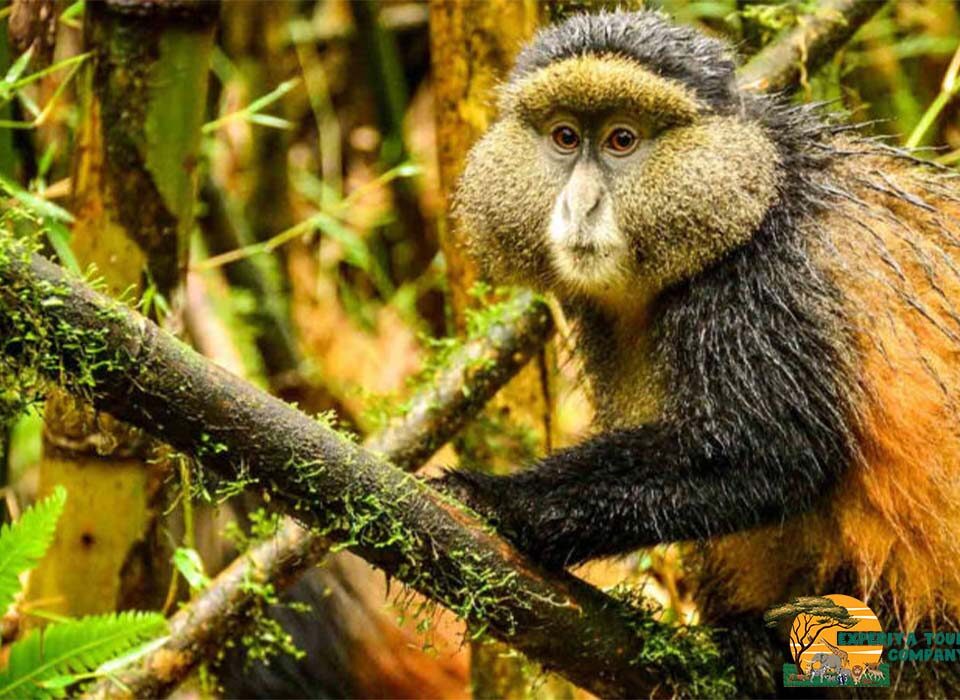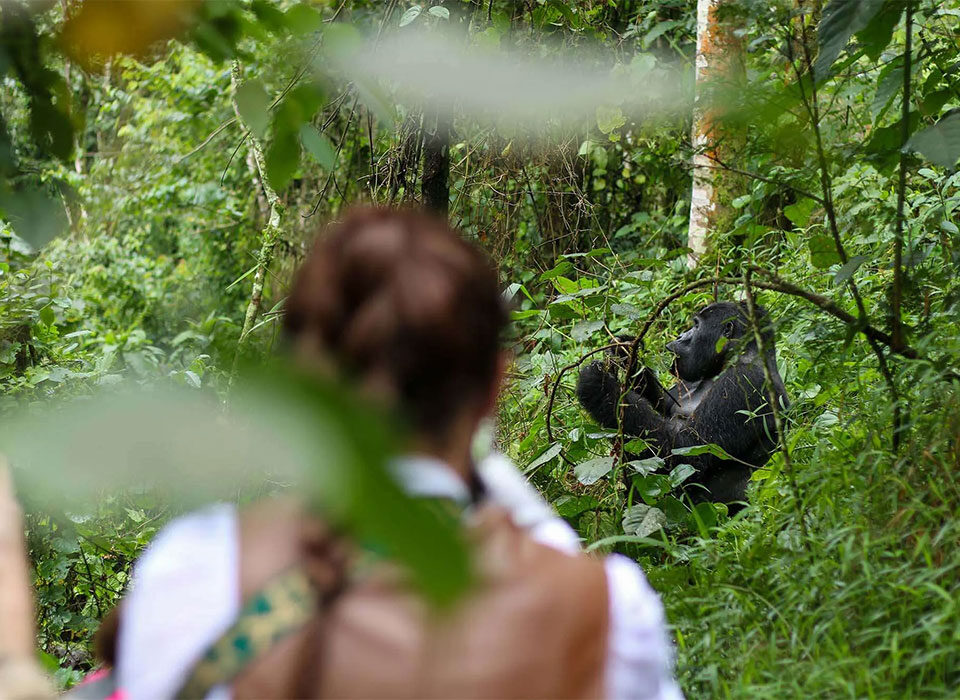
Best Hikes in Mount Elgon National Park – Trails, Routes & Summit Treks
October 25, 2025
Best Hiking Trails in Uganda – Top Mountains & Nature Walks with Experiya Tour Company
October 25, 2025Can I Climb Mount Moroto in Karamoja – Hiking Uganda’s Hidden Highlands

Can I Climb Mount Moroto in Karamoja?
Rising like a silent guardian over Uganda’s remote northeastern plains, Mount Moroto is one of East Africa’s most captivating yet little-known hiking destinations. Located in Karamoja, a region celebrated for its rugged beauty and authentic cultural heritage, Mount Moroto offers adventurous travelers an experience that feels truly wild and untouched.
Yes — you can absolutely climb Mount Moroto, and it’s one of the most rewarding adventures in Uganda for those seeking raw nature, solitude, and off-the-beaten-path exploration. The mountain stands at 3,083 meters (10,115 feet) above sea level and forms part of the Imatong mountain range, which extends across the Uganda–Kenya border. The climb can be done as a day hike or a multi-day trek, depending on your pace and chosen route.
In this blog, we’ll explore what it’s like to climb Mount Moroto — the trails, the scenery, the local communities, and the practical details you need to know before setting out. By the end, you’ll see why Karamoja’s untamed highlands deserve a top spot on your Uganda adventure list.
The Spirit of Karamoja and Mount Moroto
To understand the magic of climbing Mount Moroto, you first need to feel the spirit of Karamoja. This region, located in Uganda’s northeastern corner, remains one of the country’s most authentic and culturally rich areas. It’s a land of sweeping savannas, jagged mountain ranges, and vibrant communities whose traditions have endured for centuries.
Karamoja is home to the Karamojong people, semi-nomadic pastoralists known for their resilience, pride, and deep connection to the land. Visiting this area feels like stepping into another world — one where ancient traditions, colorful dress, and strong communal ties define daily life.
Mount Moroto rises dramatically from this landscape, its forested slopes and rocky ridges contrasting beautifully with the golden plains below. For travelers and trekkers, it represents not only a physical challenge but also a journey into the heart of Uganda’s most mysterious region.
What Makes Mount Moroto Special?
Mount Moroto isn’t just a mountain — it’s an ecological and cultural gem. The mountain’s altitude allows for a striking variety of vegetation zones: from dry acacia woodland at the base to montane forest and heathland at higher elevations.
It’s also a biodiversity hotspot, home to rare bird species like the Eastern bronze-naped pigeon, Hartlaub’s turaco, and mountain greenbul, as well as monkeys, small antelope, and butterflies.
But perhaps its greatest attraction lies in the views. From the summit, you can gaze across the endless plains of Karamoja, stretching toward Mount Kadam, Mount Napak, and even the Kenyan borderlands. The sunrise and sunset from these heights are unforgettable — painting the landscape in hues of gold, crimson, and violet.
The Experience of Climbing Mount Moroto
Climbing Mount Moroto is a true wilderness experience — remote, wild, and profoundly peaceful. Unlike more popular mountains such as Elgon or the Rwenzoris, you won’t find crowds or commercial trekking infrastructure here. Instead, you’ll be guided by local community rangers and Karamojong scouts, whose knowledge of the mountain ensures both safety and authenticity.
There are several trails and ways to climb Mount Moroto, depending on how much time and experience you have.
1. The One-Day Hike
If you’re short on time or simply want a taste of the mountain, a day hike is perfect. The trail begins near Moroto town, about 3 kilometers from the main road, and leads up through dry savanna and rocky slopes.
You’ll ascend steadily through sections of thick bush and rocky outcrops, often encountering goats or herders along the way. The trail is steep in places, but the views open up quickly — offering stunning panoramas of Moroto town and the plains below.
Depending on your fitness level, it takes around 4 to 6 hours round trip to reach the lower ridges, which already provide breathtaking scenery. If you start early in the morning, you’ll have plenty of time to enjoy a picnic at a scenic spot before descending.
This option is ideal for travelers passing through Moroto or looking for a lighter adventure.

2. The Two-Day or Overnight Trek
For a deeper experience, the overnight trek to higher altitudes is the most rewarding option. This hike takes you further up into the mountain’s forests and moorlands, reaching heights of 2,800–3,000 meters.
You’ll begin from the same base near Moroto town, accompanied by local guides and porters. The ascent winds through montane forest, where you’ll hear birds singing, monkeys calling, and the wind whispering through giant trees. The higher you go, the cooler and fresher the air becomes.
Camp is usually set up around Nakiloro or Tepeth campsites, depending on the chosen route. Camping here under the starlit sky — with the flickering glow of campfires and the distant sounds of nature — is an experience few places in Africa can match.
The following morning, you’ll wake to a spectacular sunrise over the plains before making your final push toward the summit ridge. From here, you can look across to the nearby mountains of Kadam, Napak, and Morungole — all part of the Karamoja highlands chain.
The descent takes about 3–4 hours, and by early afternoon, you’ll be back in Moroto town, tired but exhilarated.
3. The Multi-Day Cross-Mountain Expedition
For serious trekkers and adventure enthusiasts, it’s possible to combine Mount Moroto with nearby mountains such as Mount Kadam or Mount Napak as part of a multi-day expedition. These routes take 4–6 days and require good fitness and proper planning, but they offer some of Uganda’s wildest and most rewarding hiking experiences.
On these longer treks, you’ll camp in remote highland villages, interact with local communities, and explore landscapes that few travelers ever see. This is adventure in its purest form — raw, real, and unforgettable.
The People You Meet – The Tepeth Community
As you climb Mount Moroto, you’ll likely encounter members of the Tepeth people, an indigenous highland community believed to be descendants of the region’s earliest inhabitants. The Tepeth have lived on Mount Moroto for centuries, farming small plots and maintaining traditional lifestyles largely unaffected by modernity.
They are warm, welcoming, and proud of their heritage. Many serve as guides or porters for visitors, sharing local stories, folklore, and knowledge of medicinal plants. Interacting with them adds a rich cultural dimension to the climb — reminding travelers that this mountain is not only a natural wonder but also a living cultural landscape.
When to Climb Mount Moroto
Mount Moroto can be climbed year-round, but the best time to visit is during the dry seasons — from December to March and June to September. During these months, trails are drier and easier to navigate, and the views are clearest.
The rainy seasons (April–May and October–November) transform the mountain into a lush green paradise, but trails can become slippery and visibility may be reduced by mist and clouds.
Temperatures vary with altitude: it’s warm (25–30°C) in the lowlands but much cooler at higher elevations, especially at night, when it can drop to 10°C or lower.
What to Bring
Climbing Mount Moroto requires some preparation, especially since the area is remote and services are limited. Essential items include:
- Sturdy hiking boots (with good grip for rocky terrain)
- Light but warm clothing, including a jacket for cooler nights
- A hat, sunscreen, and sunglasses for the strong equatorial sun
- Plenty of drinking water (your guide can help arrange porters to carry supplies)
- Camping gear if doing an overnight hike (tents and sleeping bags)
- Snacks and energy foods
- A camera or binoculars for the stunning scenery and birdlife
Guides and porters can usually help carry gear, set up camp, and handle logistics.
Safety and Accessibility
Mount Moroto is safe to climb, especially when accompanied by local guides registered with the Uganda Wildlife Authority (UWA) or community tourism offices in Moroto. The presence of the Uganda People’s Defense Forces (UPDF) and improved infrastructure has made Karamoja a peaceful and welcoming region for visitors.
Most climbers begin their journey from Moroto town, which can be reached by road from Mbale (about 6–7 hours) or from Kampala (around 9–10 hours). Though long, the drive is scenic, passing through remote landscapes and small trading centers.
Experiya Tour Company provides well-organized transfers, guides, and camping logistics, ensuring your safety and comfort throughout the journey.
Other Attractions Near Mount Moroto
Your trip to Mount Moroto can easily be combined with other adventures in Karamoja:
- Visit the Karamojong manyattas (traditional homesteads) to learn about their way of life and cattle culture.
- Explore Pian Upe Wildlife Reserve, one of Uganda’s largest conservation areas, home to zebras, elands, ostriches, and hartebeests.
- Hike Mount Kadam or Mount Napak, both visible from Moroto and equally beautiful.
- Experience Moroto town, with its craft markets, cultural centers, and relaxed atmosphere.
Karamoja remains one of the most authentic corners of Uganda — a place where tourism still feels intimate and respectful, far from the crowds.
Experience Mount Moroto with Experiya Tour Company
Climbing Mount Moroto is not just about reaching a summit — it’s about discovering a part of Uganda that few travelers ever see. The combination of wild landscapes, welcoming communities, and cultural richness makes this a journey you’ll never forget.
To make the most of it, travel with Experiya Tour Company — one of Uganda’s leading adventure specialists. Experiya organizes guided climbs on Mount Moroto with professional local guides, porters, and all necessary logistics, including transport, meals, camping equipment, and permits.
Whether you’re looking for a half-day hike, an overnight trek, or a multi-day expedition across the Karamoja highlands, Experiya ensures your experience is safe, comfortable, and truly unforgettable. Their itineraries also combine cultural visits, wildlife excursions, and other adventures across Uganda, giving you the best of both exploration and relaxation.
So, can you climb Mount Moroto in Karamoja? Absolutely. And when you do, you’ll find yourself standing above one of Africa’s most remarkable landscapes — a place where mountains meet plains, tradition meets adventure, and every sunrise feels like a discovery.
With Experiya Tour Company, your journey to the top of Mount Moroto becomes more than just a hike — it becomes a story worth telling for a lifetime.



